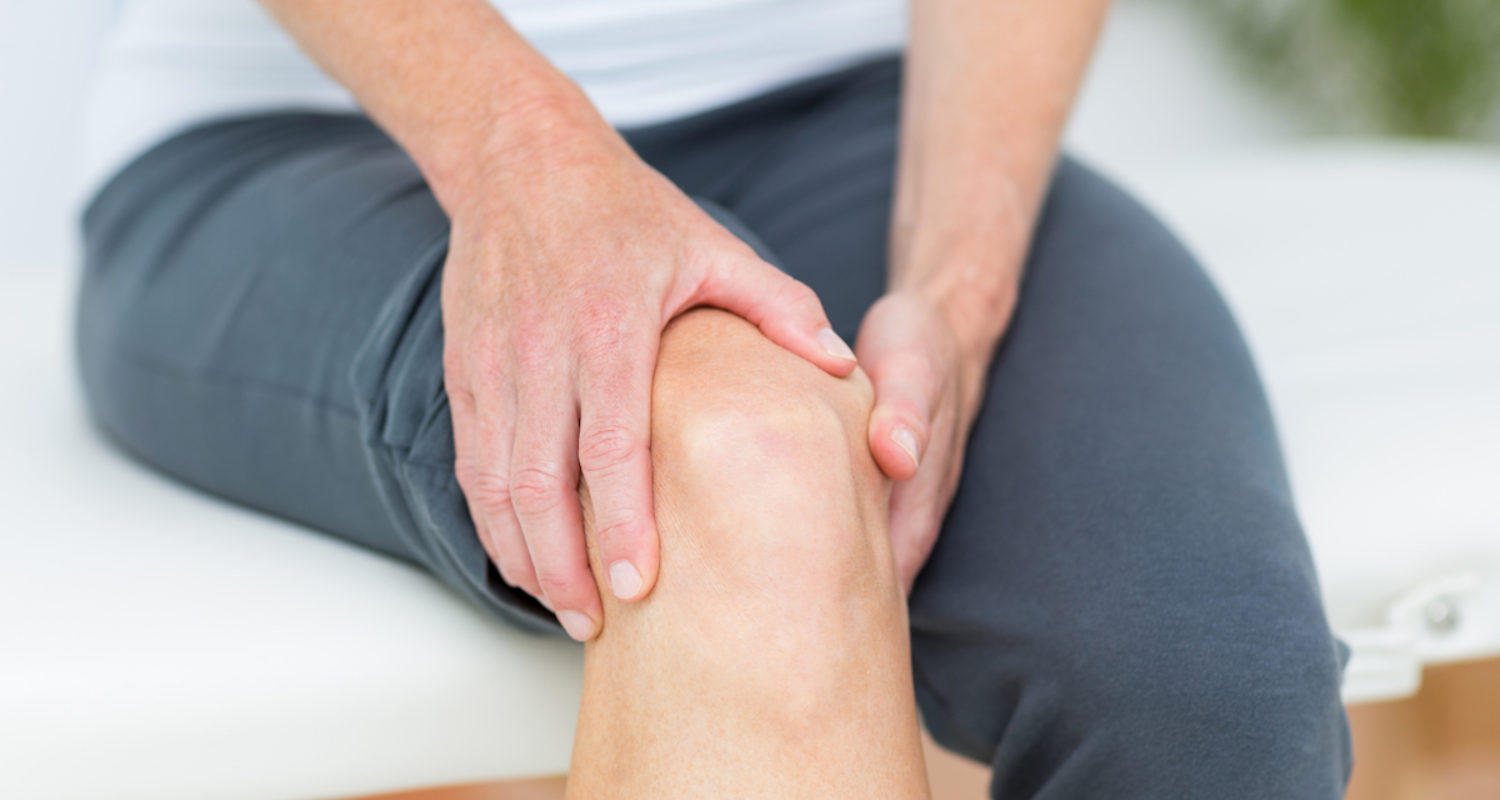
Experiencing Patellofemoral joint pain? Osteopathy may be able to help you.
PATELLA-FEMORAL JOINT PAIN
Patella-femoral joint pain (PFJ) or ‘runners knee’ is an umbrella term used to describe pain on or around the knee cap, where there is an absence of other pathologies. The PFJ is the joint between the knee cap (patella) and the thigh bone (femur). PFJ pain generally occurs when there is an abnormal amount or change of force put through this joint.
Symptoms include diffuse/dull patella pain, aggravated by activities that load the joint, such as climbing and descending stairs, squatting and running. The pain is generally relieved by rest. In typical presentations of PFP there is tenderness over the patella, pain on sitting or rising from sitting, straightening in the knee and a sensation of grinding and crepitus during flexion and extension of the knee.
PFJ is multifactorial and the exact cause can be hard to determine. Contributing factors can include overload or overuse, muscle imbalance, muscle weakness, foot biomechanics and anatomical variation. It is important to assess every patient individually and address the relevant issues.
Sign and symptoms:
- Presence of knee pain on the stairs, (up or down)
- Pain when sitting on a chair for prolonged periods (cinema sign).
- Pain when squat or kneeling, or return from these positions.
A 2016 study showed that exercise therapy which combined strengthening the muscles around the hip and knee was the most beneficial in reducing pain for the PFJ.
HOW CAN OSTEOPATHY HELP?
- Your osteopath will perform a complete assessment, determine a diagnosis of your pain.
- Osteopathic techniques including joint articulation/mobilization and muscle techniques may help promote blood and lymphatic flow, helping reduce pain and inflammation.
- Osteopathy may help reduce muscle tension around the knee and hip joints which can help improve range of movement.
- Our osteopaths will treat/release the structures around the hip, knee and ankle joints to help overall lower limb biomechanics
- Create a take home exericse program to help muscle imbalances in the hip, knee and ankle.
Reference:
- 2016 Patellofemoral pain consensus statement from the 4th International Patellofemoral Pain Research Retreat, Manchester. Part 2: recommended physical interventions (exercise, taping, bracing, foot orthoses and combined interventions
